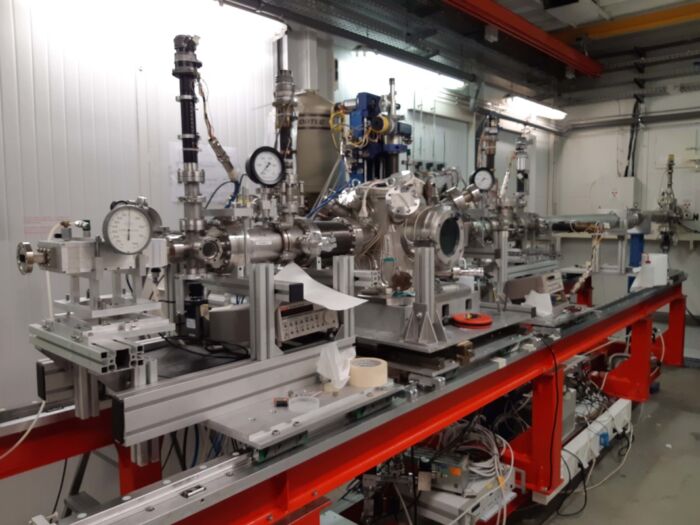
Computers and smartphones ready to be switched on thanks to a new technology that uses glass and high voltage. The study was conducted by the Materials Research Institute of the National Research Council (Cnr-Iom), in collaboration with Cea-Leti and the University of Liège and published in Science Advances. The aim of the research was to study effective methods for the construction of so-called “non-volatile” memories, useful for producing fast-ignition computers or mobile phones.
Currently in electronic devices volatile RAM memories are mostly used, which only work if powered and are canceled when the devices are turned off. Non-volatile memories, on the contrary, are capable of keeping information even in the absence of power, making the ignition procedure almost immediate.
In order for this to be possible, it is necessary to study the chemical-atomic composition of the materials that make up the two elements: the selection element and the storage cell (based on phase change materials, PCM). The current collaboration between Cnr-Iom and Leti concerns both aspects and the study is focused on the material to be used to produce more reliable selection elements.
“The selector is a sort of switch that allows you to access the information stored in the storage element and is composed of a glassy material (Germanium-Selenium, with other elements) to which a voltage can be applied. For a phenomenon still not well understood (Ovonic Threshold Switching, OTS), when the voltage is high the glass leads, while when it is low it isolates. So when we want to retrieve the information, just raise the voltage and the selector, which has become the conductor, allows you to read the contents of the storage element “, explains Francesco d’Acapito of the Cnr-Iom.
The Cea-Leti team found the optimal composition of the material. To understand why this composition is the best, the researchers used the synchrotron beamline of the CNR “Lisa” at the ESRF in Grenoble. “Some elements, such as antimony, were functional in some aspects and harmful to others, but the damage could be corrected through the use of nitrogen. The X-ray analysis of the material made it possible to determine the structure and understand the reasons for the roles played by the various elements “, concludes d’Acapito.

The structural description was useful to the theorists of the University of Liège to build a model capable of explaining the OTS conduction phenomenon in these glassy materials. An important perspective for this class of PCM memories is the use in neuromorphic networks with promising applications in the field of machine learning.
Image: the experimental apparatus of LISA where the experiments were carried out.



































